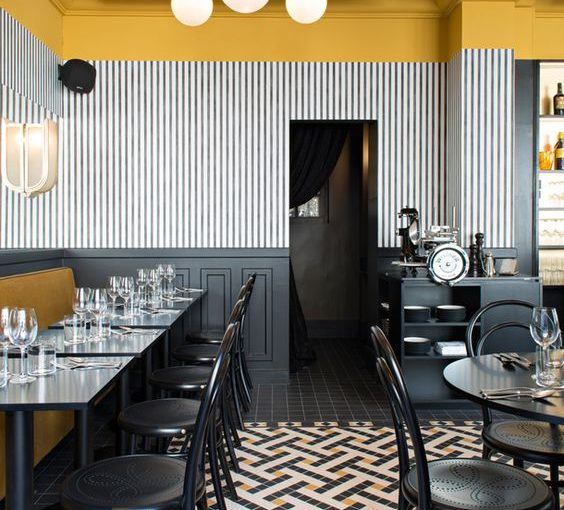Tertiary sector. Speaking of catering, means to mean a service addressed directly to individuals where there is mostly human contact.
Even if technological evolution is allowing this form of service, in addition to take place directly, it is also expressed through forms of intermediate, such as in food delivery, where simply through a platform or application, you order the favorite meal that comes after a short time delivered directly to your home, at work, and wherever you want.
The restaurant, which for some general aspects knows no crisis, even if some traditional models have taken steps backwards, this sector shows a remarkable growth trend, with consumption and in particular that of meals outside the home which has good percentage points of growth.
This does nothing more than foster the development of activities and build the best possible services to meet the new needs of people.
The catering industry is a challenging but rewarding environment for health professionals due to the tight security measures that require staff members to spend long hours of work on site in these facilities with limited access outside the weather. Many companies are specialized in providing catering services in high traffic areas such as hospitals, universities and business offices where they cater to customers in the tertiary sector who have demanding needs both for their location (ie the remote location) or complexity within the structure of an organization. The tertiary sector can be an intense place, so it is important not only to know how your food meets the guidelines.
The paths in which the restaurant is developed

We can therefore identify how catering works in the tertiary sector: in fact, different forms are distinguished which differ in commercial, collective catering and catering and banqueting services.
Commercial catering includes both the hotel branch, the typical restaurant, the fast one and the traveling one.
Therefore from this branch we define what there are the types of premises that we often use:
Traditional restaurant, themed, trattorias, pizzeria, tavern, gourmet restaurant, agritourism;
Hotel restaurants;
Fast food, spaghetti, snack bar, take-away;
Railway, air and naval catering.
On the other hand, collective catering is aimed at well-defined categories, that is, a large number of people belonging to a group that need to use the same service.
These are not occasional customers, but constant and often, the cost of the service is not at the expense of the group, company or reality to which they belong. Thus we can distinguish:
Business catering;
Scholastic;
Socio-health;
community;
Welfare.
Catering and banqueting, on the other hand, express the concept of genuine service rendered to the catering world; where catering mainly intervenes in collective catering, while banqueting, which consists in organizing receptions and banquets in private environments, represents a constantly growing alternative to the type of restaurant or hotel catering.
Therefore, identifying the differentiations between the different areas, it becomes clearer to understand how the catering sector works in the tertiary sector.

Taste and aesthetics
To fully understand how works catering in the tertiary sector , we must also see on some details that are different according to the forms of catering that we have previously listed.
In fact, when we talk about the commercial one, it is individual who chooses the dish according to his own desire and taste, among all the types that each type of restaurant offers for its customers,
Also in the case of restaurants of a certain level or according to the type of cuisine on which its offer is based, even the dishes have a presentation of a certain esthetic level.
This is because every restaurant activity aspires to uniqueness and because the kitchen is also a true form of art.
Same concepts also in catering and banqueting services, where you have to present your brand well and get positive reviews to continue to have market and demand.
In the case of collective catering, however, other factors come into play: in addition to hygiene and food safety, there is less attention to the aesthetics of the dish, but more control and balance from the nutritional point of view.
The dishes are born from the joint contribution of chefs, nutritionists and sometimes medical personnel, with the supervision of hygiene experts.
Conclusions
Our general overview has given us important indications on how the catering sector works in the tertiary sector; a sector that represents a good part of the economy and is able to differentiate from traditional to more advanced methods, always providing more complex services.
An area in which the relationship with the customer is fundamental, where mutual trust is important; moreover, the flexibility of the use of resources is important so that they are adapted to customer preferences and seasonal or cyclical moments that follow each other.
IT, telematics and globalization have had a major impact on the growth of this sector and will continue to do so in the coming years, with unforeseeable consequences at this precise moment.


